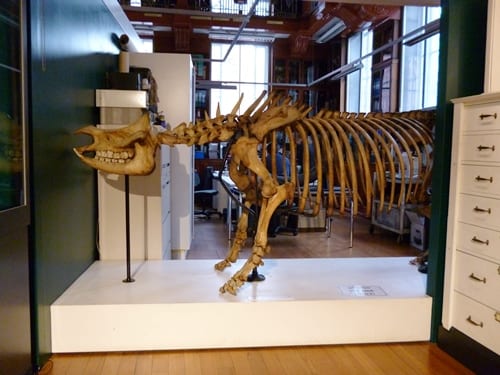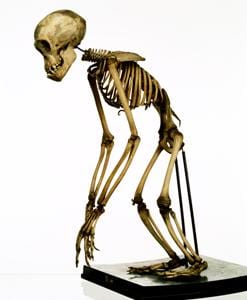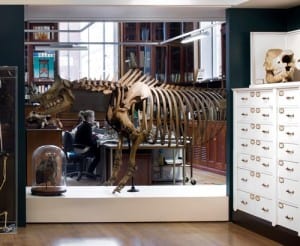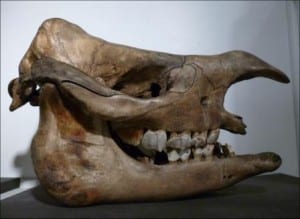The Return of the Rhino: Conserving our biggest skeleton
By Jack Ashby, on 10 February 2015
In November, we announced that Reg the (hornless) Indian one-horned rhino skeleton was being dismantled and taken away for an extreme make-over (read Dismantling Reg the Rhino in Ten Easy Steps). Now he has returned in much better shape (specifically, rhino-shaped), prepared for a long and prosperous future in the Museum.
Reg, a Bone Idol
The rhino was among the first specimens included in our huge conservation project Bone Idols: Protecting our Iconic Skeletons, which will secure the long-term future of 39 of our biggest, rarest and most significant specimens. Some will be cleaned of 180 years of particulate pollutants, some will be repaired, some have new cases built, and some, like the rhino, will be completely remounted.
 Close
Close






